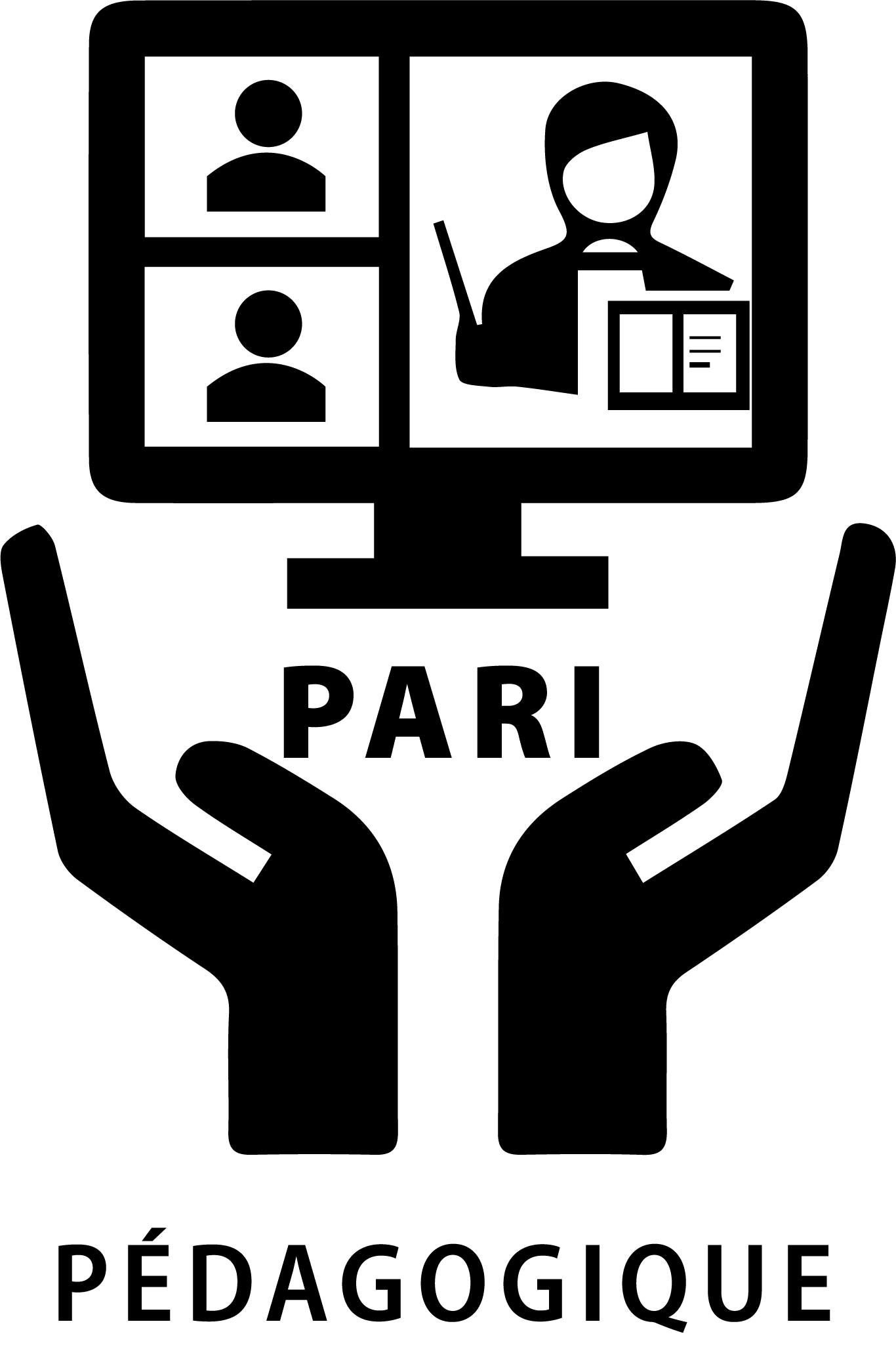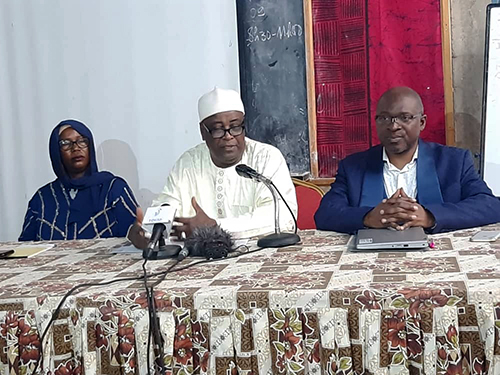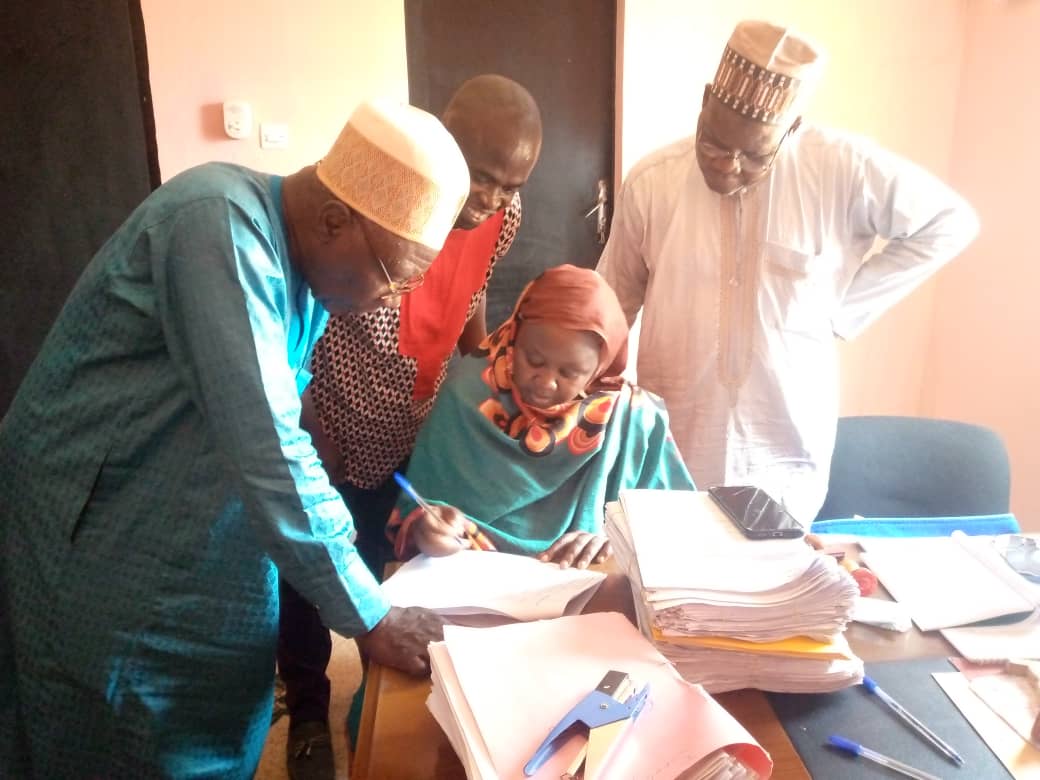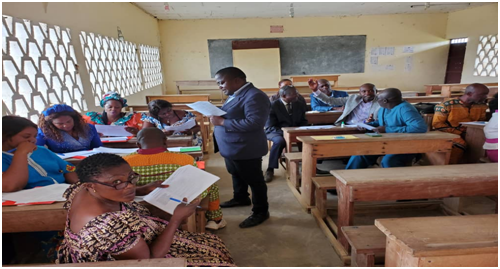KIX wants more visibility on education, results and innovations
The Pedagogical IRAP communication and ICT teams in particular and the “IRAPers” in general, along with other KIX community actors around the world, attended an information session on KIX communication processes on Thursday, December 16, 2021.
The session presented by Tiffany Barnes-Huggins, Program Officer for the Knowledge and Innovation Exchange (KIX) program at IDRC, was designed to explain how the various communication channels of the KIX program work. “We hope to hear more stories and emerging results related to the implementation and adaptive management of your work. We want to showcase how KIX is addressing national education priorities, as well as the outcomes and innovations that have begun to emerge,” the program officer says at the start of the session.
The KIX uses 4 online communication channels. These include the digital platform consisting of the KIX website and the KIX peer-to-peer learning and exchange portal; IDRC and Global Partnership for Education (GPE) social media such as Twitter, Facebook, and LinkedIn; a quarterly newsletter sent to more than 1,000 subscribers in English, French, and Spanish; and direct email campaigns to disseminate invitations to KIX events and communicate important updates related to the initiative.
The KIX team says it is available to provide several types of support for its funded projects and regional learning partners. This includes advice on knowledge translation or communication plans and strategies; assistance in identifying or finding solutions for communication or knowledge translation capacity development needs; support in applying KIX branding, identifying opportunities to amplify the work of the KIX-funded project or cluster for use of the digital platform; support in applying gender and social inclusion principles to communication or mobilization activities…
Emphasis was placed on the need to respect gender equality and social inclusion (GESI).
“All KIX program activities (including project design, appeal processes, knowledge translation activities, events, and monitoring and evaluation) take gender into account,” explain KIX experts.
To this end, a number of best practices should be incorporated into KIX communications products and activities: seeking out the least heard voices; using language and imagery in a gender-equitable and socially inclusive way; challenging social and gender norms and stereotypes; showing women and men as active participants rather than passive recipients; introducing discussions of intersectionality.
In the same vein, communication teams are advised to respect the 10 principles of gender-sensitive development communication of the United Nations Development Programme (UNDP), including
-
-
- go beyond the presentation of women ;
- ensure equal visibility for men and women;
- not to belittle the contributions of women;
- not to reinforce gender stereotypes;
- representing diversity;
- use gender-sensitive language;
- do not victimize;
- do not take a superior tone;
- present facts, not judgments;
- Be open to listening, learning and improving.
-
Learn more: www.gpekix.org





